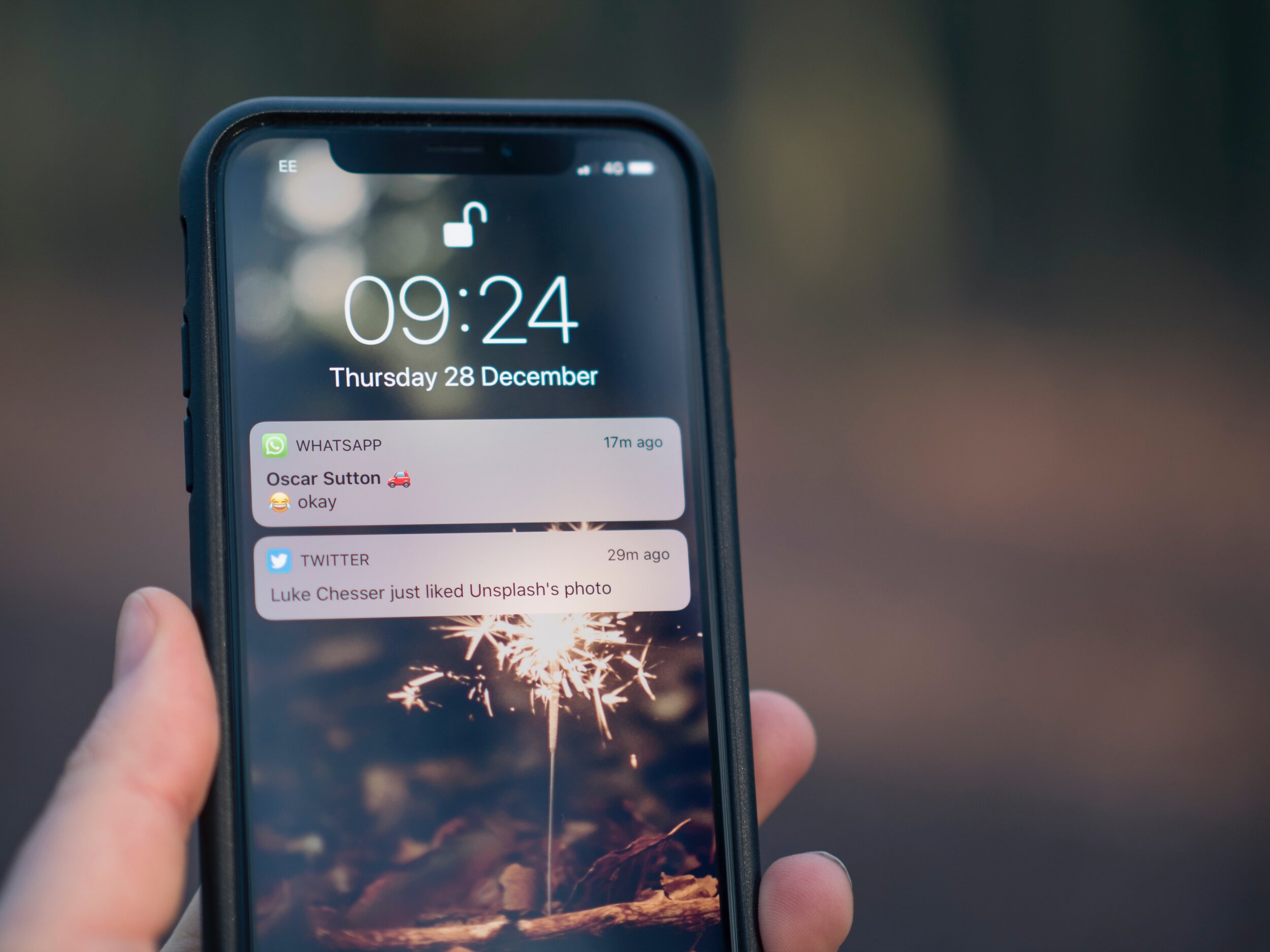Microsoft commissioned Brain Eno to write the music to a very specific brief as he explains:
“The thing from the agency said, “We want a piece of music that is inspiring, universal, blah-blah, da-da-da, optimistic, futuristic, sentimental, emotional,” this whole list of adjectives, and then at the bottom it said “and it must be 3.25 seconds long.”
I thought this was so funny and an amazing thought to actually try to make a little piece of music. It’s like making a tiny little jewel.
In fact, I made 84 pieces. I got completely into this world of tiny, tiny little pieces of music.”
And yet he wrote them all using an Apple Mac, not a PC.
Like the Windows 95 startup sound, the warm synthesised major chord familiar to Mac users since the early 1990s fulfils a function, communicating to the user that everything is working as it should. It also invites the user to begin interacting with the device. Yet each start up sound is distinct from the other and each has become synonymous with its respective brand over time – two highly effective audio branding devices designed to communicate the sam things to the user.
From Startup sounds to sounds that alert the user of an event, these purely functional noises have over time seeped into mainstream culture further reinforcing any brand association in the public’s collective mind.
Described as one of the most famous sounds of the 1990s, AOL’s “you’ve got mail” pronouncement is familiar to anyone who used the company’s online services, with the well-known phrase later becoming the title of a sugary-sweet Meg Ryan and Tom Hanks movie.
One brand that took an event-based sound and made it the creative vehicle for an entire marketing campaign is Southwest Airlines.
In 2010 they launched an iphone app that notified customers of discount airfares using the distinctive ‘ding’ audio cue heard when the pilot turns off the ‘Fasten Seat Belt’ sign: The Southwest ‘Ding’ was then brought to life in numerous TV campaigns:
And then there’s the familiar suite of unusual, insect-like sounds from MSN Messenger which were, somewhat inexplicably, turned into a remix by DJ and producer David Guetta.
The 20,000 times per second ringtone
The early 1990s were a fertile period in the development and uptake of consumer technology products and services with Nokia launching its 2110 model in 1994. This was the first mobile phone to be shipped with the ‘Nokia Tune sound mark’.
The original Nokia ringtone is one of the most played tunes in history. Even though customisable ringtones have swept it aside—and even though Microsoft’s disastrous acquisition of Nokia in 2013 cost it $7.6 billion — there are still a billion Nokia phones floating around the world. Today, over 20 years since the Nokia ringtone debuted, it’s still heard at a rate of 20,000 times every second.
In 1993, Nokia selected a guitar solo from Gran Vals, by the Spanish composer Francisco Tarrega, to be the trademark ringtone of the brand, and throughout the 1990s it really was. Nokia’s melody was unique to the brand, the ringtone helped to make the Nokia name synonymous with cellular phones. helping consumers forge a personal connection with their digital devices at a time when such a relationship was hardly common.
“Today, over 20 years since the Nokia ringtone debuted, it’s still heard at a rate of 20,000 times every second.”
Aside from their practical uses, cellular phones act as a status symbol too, and the development of the Nokia ringtone allowed customers to benefit from the kudos associated with a brand that was seen as cutting edge at the time
All the above examples demonstrate quite how significant a role sound plays in the design of a range of technology devices. These audio signals which may be task or event based can have a huge impact on both digital user experiences and on brand measures such as awareness, recall and affinity.
Speak Human
As digital devices continue to proliferate, and user interfaces take on new forms, its clear that a huge opportunity presents itself for brands to discover as yet unchartered ways of connecting with their audiences. One such area is the human voice itself. Where previously you needed to type, tap and swipe you can now effortlessly speak and engage in dialogue.
Since the late 1970s when a rudimentary prototype was first developed by Xerox PARC R&D labs in Palo Alto, the conversational interface has evolved dramatically over the decades.
Although simple voice interfaces have been around for years, it’s only recently that the world of virtual assistants such as Apple’s Siri, Google Now, Microsoft’s Cortana or Amazon’s Alexa have come into its own. You can now talk to a computer, it ‘hears’ and ‘understands‘ what you’re saying and then speaks back to you in voice whose sonic characteristics are carefully nuanced.
In developing Cortana, for instance, Microsoft brought in the videogame studio behind Halo to turn a disembodied voice into a kind of character. “That wittiness and that toughness come through,” says Mike Calcagno, director of Cortana’s engineering team.
The question for brand owners and marketeers then is what kind of character or personality would best represent their brand? What does their brand voice sound like? What are the key characteristics of a conversational interface for Waitrose for instance? And what would make it sound different and distinct from say Asda or Sainsbury’s or Nike or Virgin Atlantic?
So as the world continues to get noisier by the day and the cacophony from our phones, computers and connected devices builds to a crescendo, equally our relationship with technology grows deeper and far more complex than ever before. With advancements in audio technology coupled with a better understanding of how sound impacts product and experience design, it’s clear that in this Brave New World what we hear will be as important as the screen we look at and touch.
